‘Best of 2018’ Panel Discussion with Audi, Ducati, Hyundai and Maruti Suzuki
In the first part of the AutoX Best of 2018 panel discussion, we sit down with some of the most senior personnel in the Indian
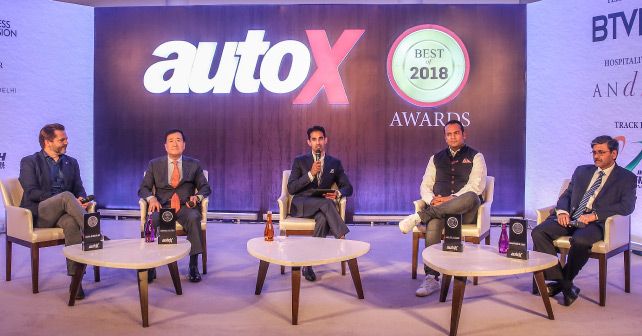
In the first part of the AutoX Best of 2018 panel discussion, we sit down with some of the most senior personnel in the Indian automotive industry to find out just what it takes to succeed in the Indian market.
On the panel is Rahil Ansari, Head, Audi India, Serge Canovas, Managing Director, Ducati India, Y.K. Koo, Managing Director & CEO, Hyundai India, and C. V. Raman, Senior Executive Director, Maruti Suzuki.
We start the discussion with EV’s, since that’s the buzzword at present. Moreover, both Audi and Hyundai have committed to launching EV’s in the coming year.
What does the government need to do to create an enabling environment for more EV launches sooner rather than later?
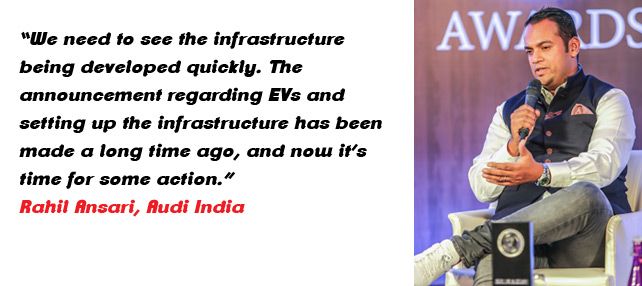
Rahil Ansari, Audi India
We need to see the infrastructure being developed quickly. The announcement regarding EVs and setting up the infrastructure has been made a long time ago, and now it’s time for some action. We’ve seen some pilot projects coming up, and some EV charging stations being set up, but that’s not enough. On the one hand, the infrastructure set up has to grow rapidly. And, on the other hand, a framework also has to come in. A framework is very important, because it is essential for the OEMs to know what’s coming up. How are you going to develop a car, and does it fit to the Indian environment or not? The risk is that you launch a car, and the policies change afterwards.
C.V. Raman, Maruti Suzuki
India needs to look at energy security, we need to look at the environment, we need to look at the infrastructure, and we need to look at the customer – so these are the four things that need to evolve. Looking at the data, it’s very clear that energy security is paramount for India – especially keeping in mind the change in crude prices and the foreign exchange fluctuation at present.
India is a small car market. 70% of the cars that are made in India are small cars, with an average price of 5,00,000 to 5,50,000 Rupees. The absorption ratio for an electric car is a question mark at this point in time for the customer. Plus, if we are to follow the government’s ‘Make in India’ initiative, there is a technology agnostic approach that is very, very important. It could be alternate fuels, it could be hybridization, or it could be electrification. It’s not just EVs, but electrification of the fleet.
There’s an ecosystem that is available for the IC engine, and there’s a transition that’s required when you need to move forward from an infrastructure perspective. Therefore, a long term policy is important. For emissions, where do we want to be in 2020, 2022 and 2027? NITI Aayog has said very clearly – 30% of passenger cars, 100% of two wheelers, and 100% of buses needs to be EVs by 2030. From an energy security perspective, the petrol consumption is the largest in the two wheeler segment – 62% – and so China has gone 100% electric as far as two wheelers are concerned. It’s important to look at data, and we need to provide a solution that provides the best value for the customer.

Y.K. Koo, Hyundai
Electric vehicles are not a choice. This is the direction we have to take. And this is a global trend, including in the Indian market. Controlling emissions is very important for India, especially when you look at the air pollution. So, we are working towards developing a new EV product based on the Kona on a CKD basis in 2019, but the main purpose to develop and produce the Kona EV is to test both the product and the market, because India is still not ready to accept some EVs because of the infrastructure. FAME 1 is almost over, and we are waiting for FAME 2 to see what kind of support OEMs can expect from the government. The government should motivate OEMs to develop EVs – that is most important, so we are asking the government and NITI Aayog to provide more support – perhaps in the form of an incentive, a GST reduction, and the reduction of import duties for the CKD part of an EV product. This will provide strong support to OEMs to start the production of EVs in India.
Sergi Canovas, Ducati
On two wheels, we always follow what’s happening on four wheels. As mentioned here, in China, all two wheelers need to be electric. So, we’re going to follow what the market is doing. And, indeed, a couple of weeks ago, we presented the first race bike that is electric. So, we are working on this.
Is safety becoming a priority for Indian buyers?
C.V. Raman, Maruti Suzuki
Definitely, safety is becoming important – and the government is bringing in regulation to that end. So, every vehicle, post 2019, will be tested for side impact as well as pedestrian safety. But safety is something which people need to understand. It’s not just about making safe cars, but it’s about developing a safety culture, where people understand that they need to belt up – whether in the front seat or the rear seat. If you don’t, no amount of airbags will help you. Plus, the infrastructure and the traffic management also needs to be improved. This is a progression – it’s going to happen, and we’re likely to catch up with Europe in three to five years.
Y.K. Koo, Hyundai
There are certain criteria for customers to choose a product. Earlier, it was fuel efficiency, and maybe price, but now the trend is different. Now, it’s a case of safety first! Now they are looking at things like ABS, any maybe even dual airbags. Now they are willing to pay for safety features. If the government takes strong action towards safety, this is a very good direction.
Sergi Canovas, Ducati
In our case, the rider is more fragile than in a car, so our bikes come with all the safety features – which is very important. But, for us, the part that we have to explain to our customers is that they should always wear safety gear when riding their bikes. For example, if someone comes to try our bikes, they also have the chance to try out our gear as well. This is not the flashy part – they come for performance, but our responsibility is to explain the advantage of full safety gear.
What is customer sentiment at present in the Indian market?
Rahil Ansari, Audi India
Customer sentiment pre-Diwali was a bit down. If you look at the financial markets, it’s taken quite a drastic hit in the past weeks. This led to a little bit of a hit in terms of confidence, and, of course, customer sentiment. That had an impact on customer plans pre-Diwali. And since cars are quite costly, if you’ve lost money on the stock market, you tend to postpone big purchases. The good thing is that prior to Diwali there was some strong positive sentiment coming back, which is good. Looking at the outlook for next year, the main topic will be the elections – everything will be driven by how this goes.
Y.K. Koo, Hyundai
The market has grown by 6.4% in the first ten months. But when we are look at the first half versus the second half, in the first half the market grew in double digits, but from July to October there has been negative growth – so, overall market sentiment is not too positive. Oil prices are very high, the Rupee is weak, and overall buying power is down. Considering that, 6.4% is not too bad. And, for 2019, we’re expecting 7 to 8% growth, which is not too bad considering the global market trend.
C.V. Raman, Maruti Suzuki
With the Kerala floods, and the crude oil prices, it’s a case of trying to make the same numbers as last year, but, at Maruti Suzuki, we’ve targeted double digit growth, and we’re trying all our efforts to ensure that we achieve this. Of course, it’s a bit of a struggle the way things are going, but sentiment will pick up.
Is ease of doing business really improving?
Sergi Canovas, Ducati
In general, I think the actions taken last year make things much easier – GST in one clear example. So, from this perspective, it’s positive. There are still things to be improved, like random taxation based on the origin of the product, but I see a positive trend and, indeed, India’s ranking is improving.

C.V. Raman, Maruti Suzuki
GST definitely was a gamechanger. Take the simple example of transportation, the kind of changes that are happening in terms of removal of octroi and tolls, these are helping business, as you can actually see more turnaround for trucks. So, with the kinds of interventions that the government is bringing in, certainly the ranking with further improve.
What is the perception of India in global boardrooms today?
Rahil Ansari, Audi India
GST was a good move. Unfortunately, for the luxury segment, there were some other changes afterwards – such as the cess hike in September last year – that led to higher prices. And this is not really a fair approach because we consider ourselves ‘Make in India.’ Having established a local assembly and invested in the country, we’re adding value and generating a lot of tax revenue here.
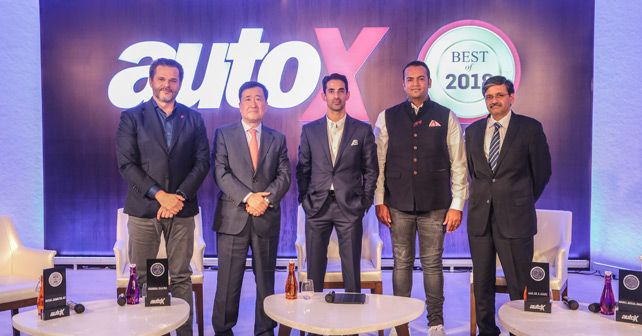
As far as the global boardroom is concerned, the luxury segment has not grown to that extent that it should, because the taxes are not favourable for the luxury industry. You’re looking at a 1-1.2% market share for the entire segment, so it’s very small as we’re looking at a market that has just 35,000 to 40,000 units only. Yes, the revenue impact is big, but if you reduce the taxes you can increase the number of cars that are being sold and the amount being invested into the country in terms of products, dealerships and hiring. So, the expectation of the development of the Indian market in the luxury segment was much higher than has been the case. Fortunately, we all know that India is a strong and a strategic market, and will grow at some stage. So, we’re still very positive, but we expect a certain change in the framework because the investments that have been made are substantial and it’s clear that there have to be returns at some point in time.
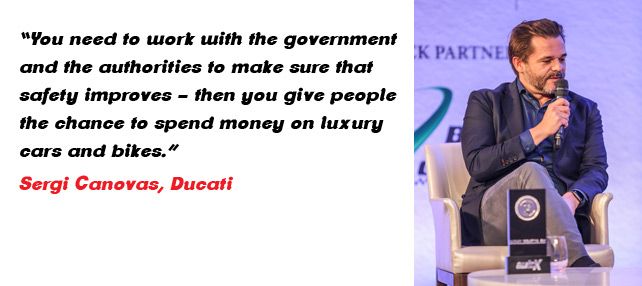
Sergi Canovas, Ducati
When you talk about the headquarters, the first thing you need to do is make them understand what is India, and what are the challenges of India. Once you’ve done that, then it’s much easier, because, sooner or later, the market will grow exponentially. In our case, we have more of a leisure product, so you need to create the environment to use these bikes. Nevertheless, it’s very important to be positioned properly because the potential is there. So, you need to work with the government and the authorities to make sure that safety improves – then you give people the chance to spend money on luxury cars and bikes.
How is the customer changing in India?
C.V. Raman, Maruti Suzuki
India is a market where you have a lot of youth today – it’s one of the youngest countries in the world with an average age of just about 23-24. So, there is an aspiration there, and, of course, with connectivity and the Internet, the geographical boundaries have gone. So, the aspiration is to have whatever is available in the rest of the world – whether it’s design, technology or performance. And people today are becoming brand conscious, not only in regards to their attire but also with respect to their vehicles as well. After all, if you consider the kinds of vehicles that were in the market in 2000 and the vehicles that you see now in 2018 – whether it’s a small or a large car – a lot of change has taken place. You can see that change in the design, or the way that the customer is looking for features, comfort, convenience and performance – so we’re maybe just a couple of years behind Europe, and perhaps even at par in luxury segment.
Y.K. Koo, Hyundai
In the car industry now, sharing and the connectivity has become very important. This is a global trend, and India is no exception. The customer now has a different profile and the buying criteria is also different. They like infotainment, connectivity and touchscreens – these kinds of features are very important to the young generation.
.webp)
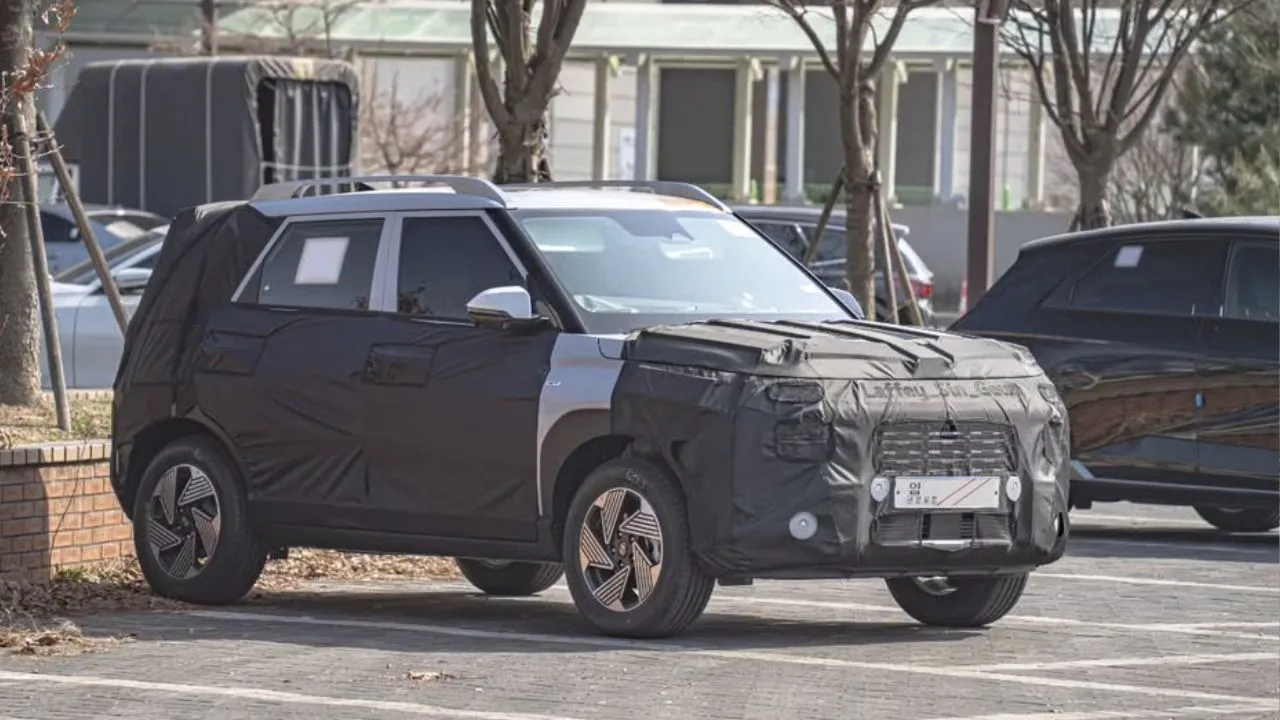
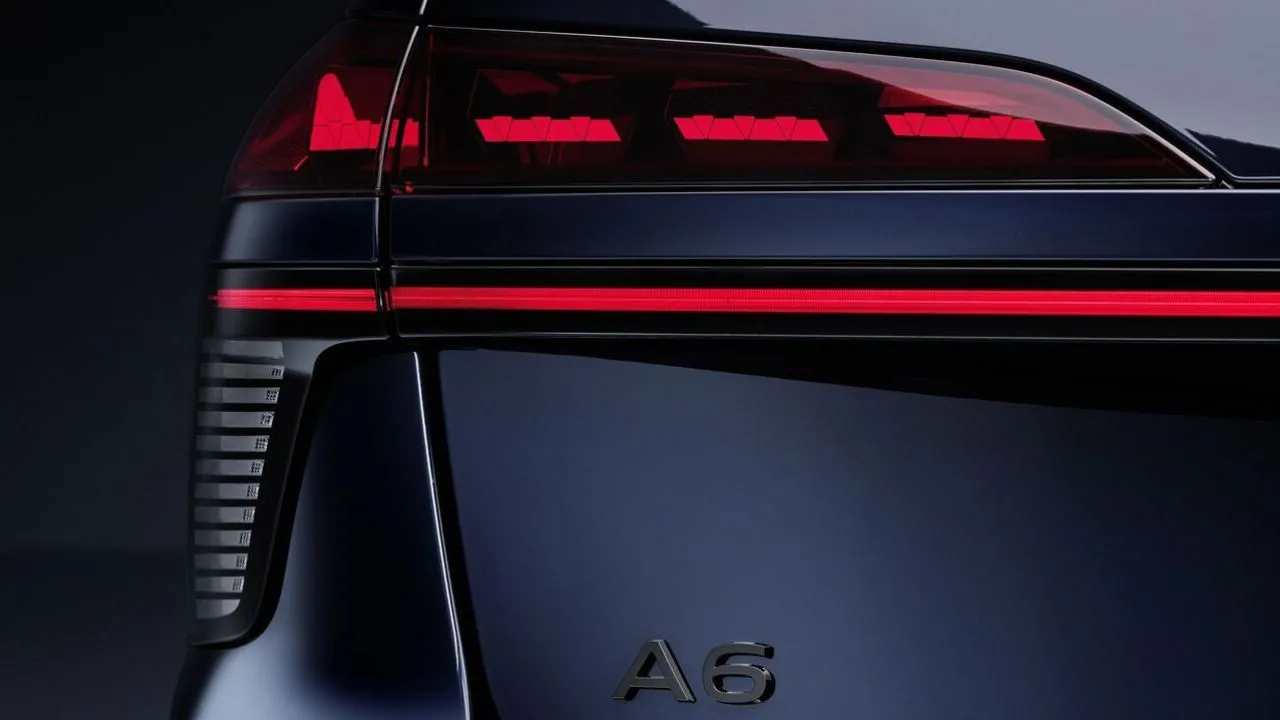

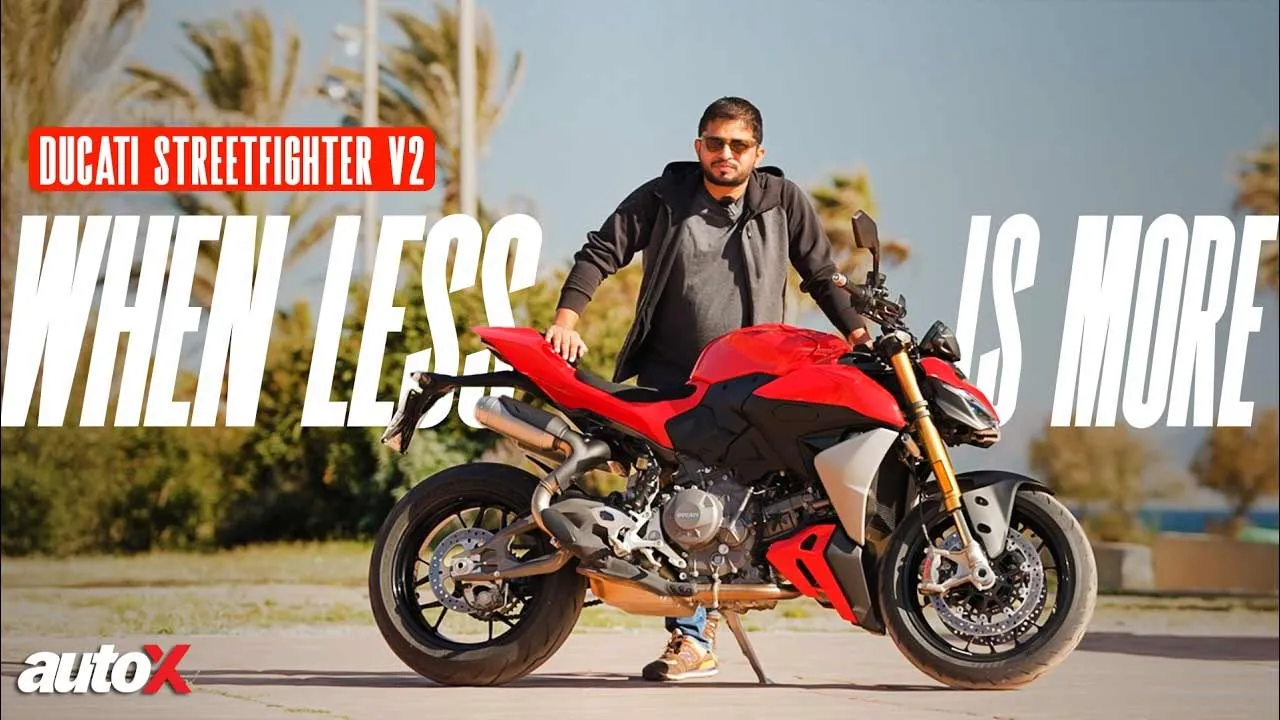
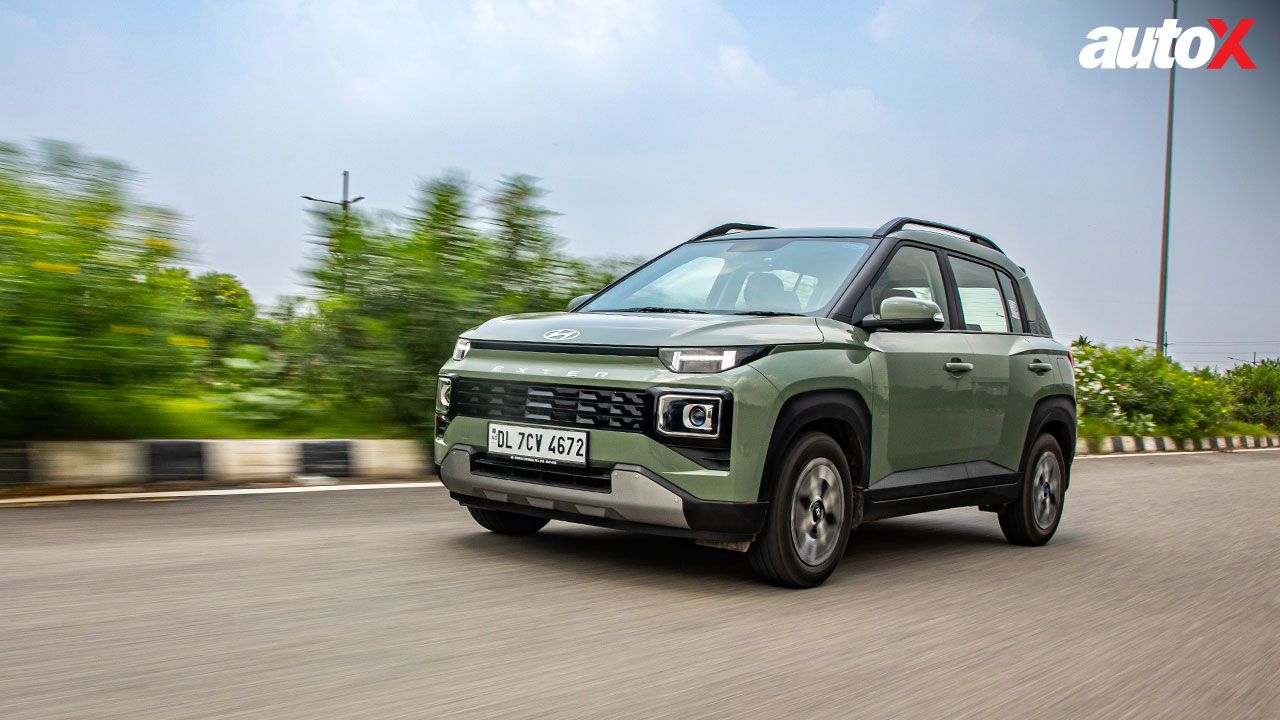






-(1).webp)
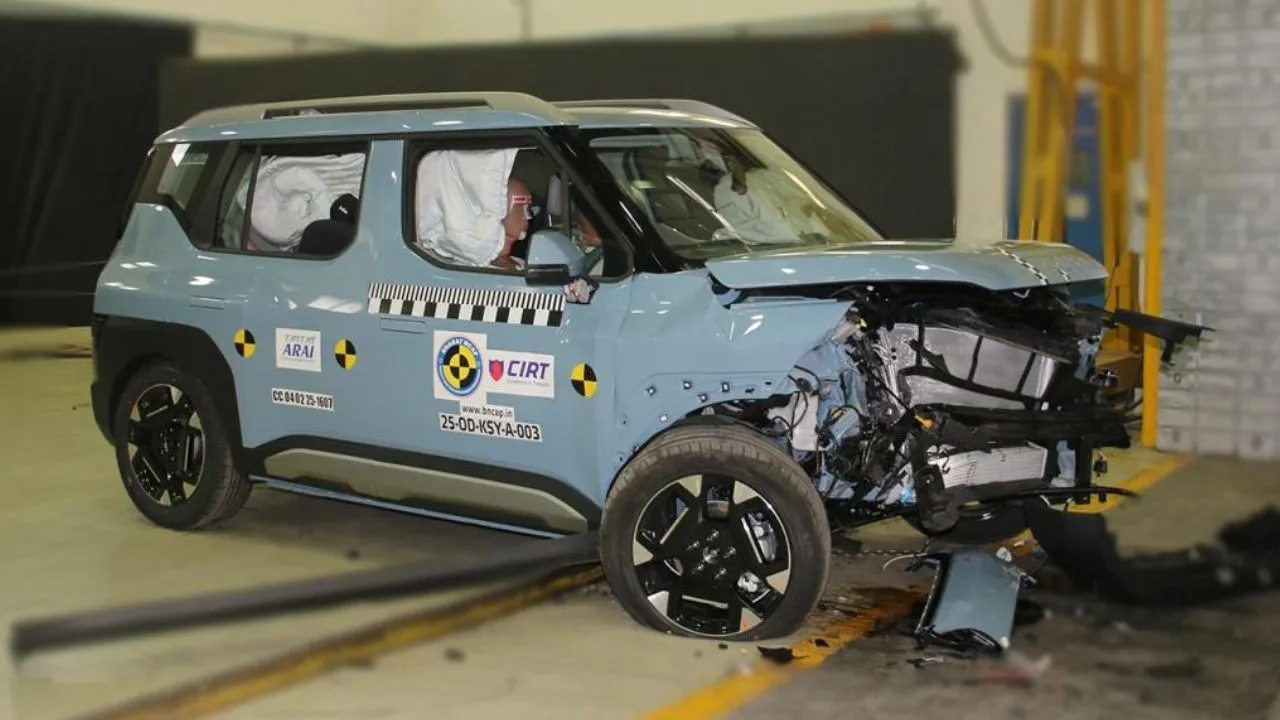
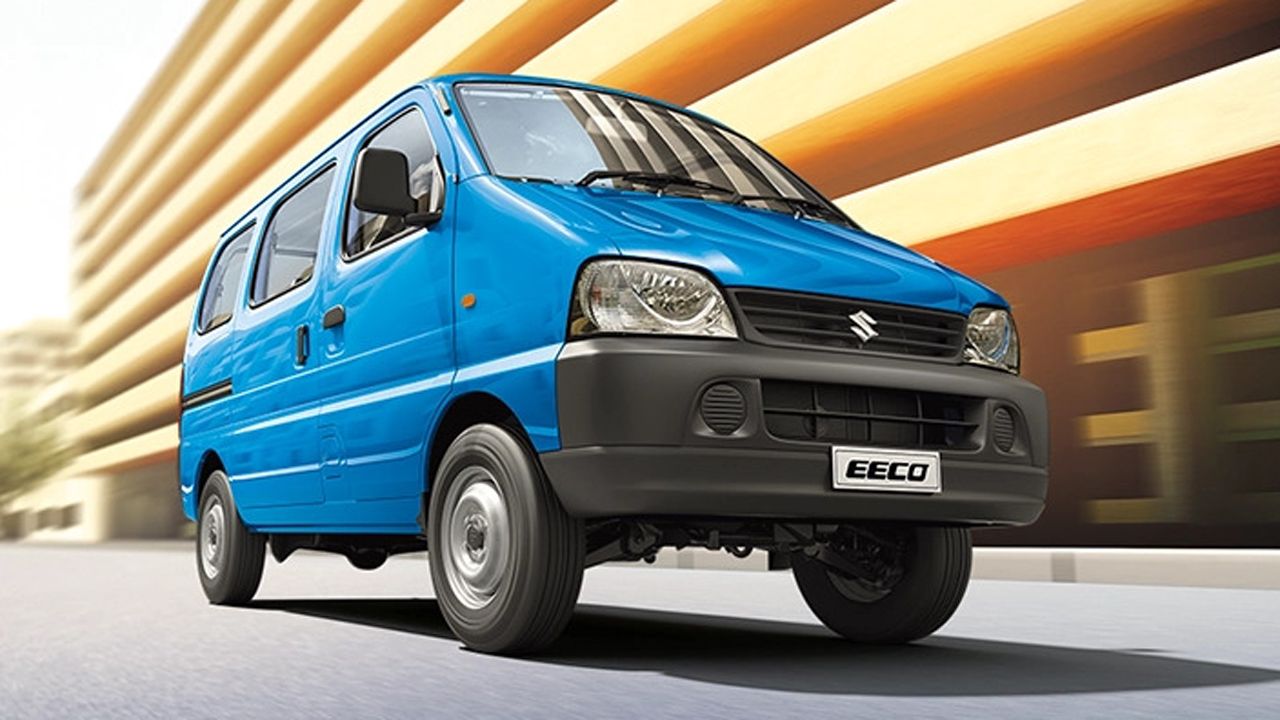
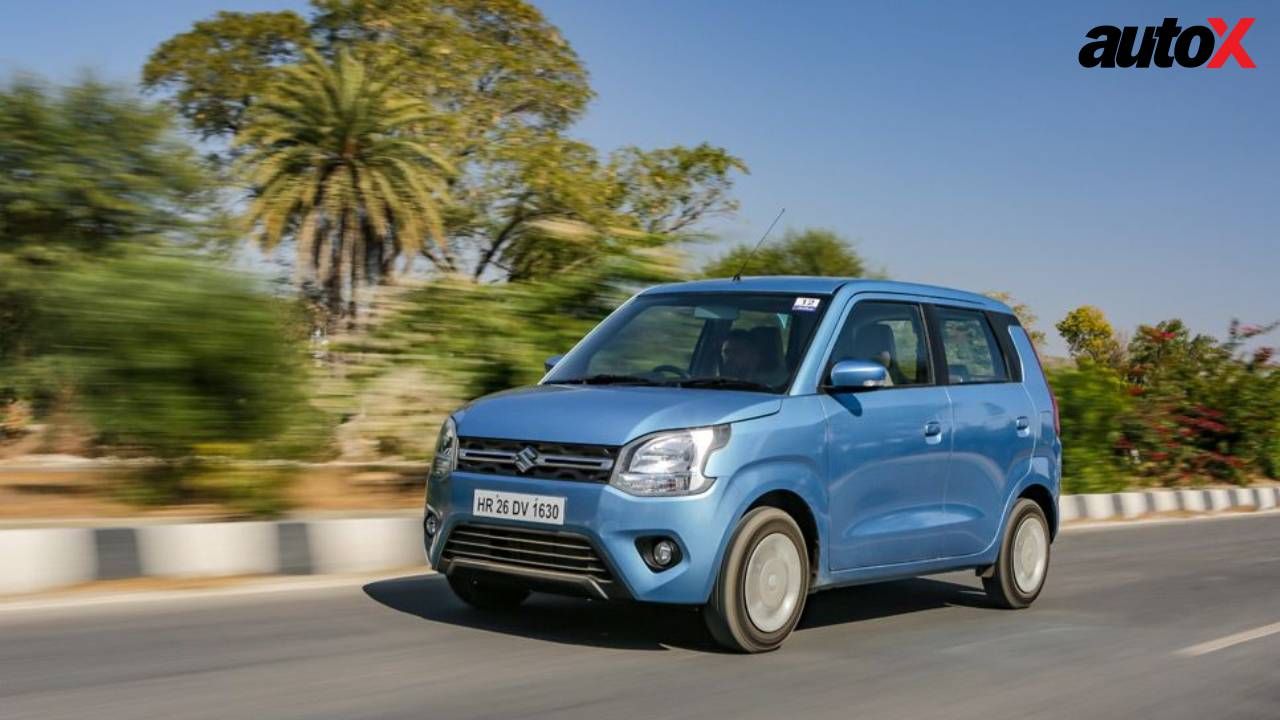




Write your Comment on